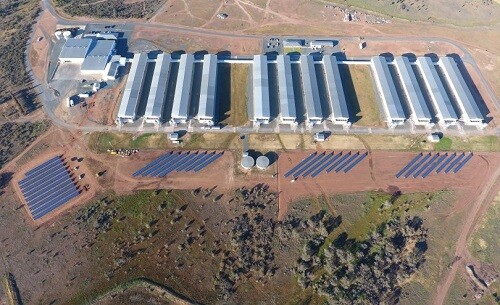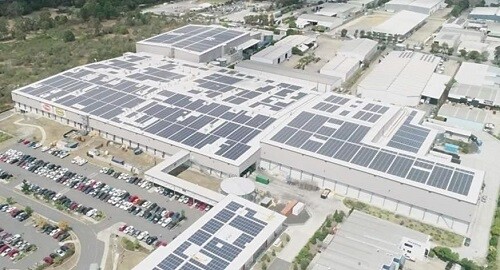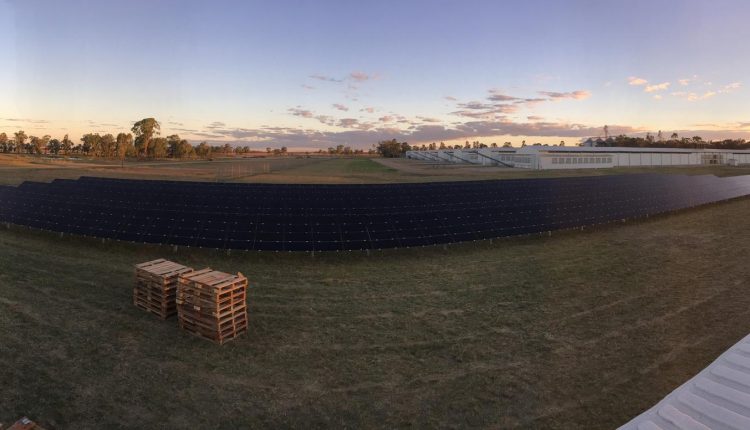1 MW solar panel techniques: Evaluate costs and set up choices
Systems larger than 100 kW are considered “power plants”, meaning these systems create large-scale generation certificates that can be sold at the end of each year of production. Behind the meter roof and floor mounted solar power systems are generally considered to be the cheapest way to power a location during the day and offer attractive energy savings.
Pricing for 1 MW (1,000 kW) solar systems
The cost of installing a solar system has fallen significantly in recent years due to a number of factors including government incentives for renewable energy, increasing competition between installers and component manufacturers of solar panels, and global manufacturing trends.
Through our database, Solar Choice provides live bid prices for data for 1 MW systems in all states of Australia. As a guide 1 MW solar power systems can cost up to $ 1,100,000 for easy installation with inexpensive products.
There are a few common factors that can affect the price of an installation:
- Quality, brand a reputation used by solar products and solar installation company
- Floor-mounted arrays cost more than rooftop installations with additional mounting requirements
- Long AC or DC cabling distances (> 50 m)
- Requirements for trenching and backfilling
- Concrete, Klip-Lok or partially shaded roofs
The average system prices for commercial system sizes up to 100 kW can be found in the Solar Choice Commercial Solar PV Price Index.
Compare the indicative offers of 1 MW from leading commercial installers

1.7 MW solar project for Pace Farms
(Project tender managed by Solar Choice Commercial.)
For more photos of commercial installations managed by Solar Choice, please visit our Bid Management page.
Energy yield for 1 MW solar systems
There are many factors that affect the performance of solar systems. This includes the orientation and angle of inclination of the solar modules, the presence or absence of shading, the average system operating temperature and the quality of the system components. All of these factors are taken into account when designing a system in order to obtain a reasonable estimate of the power output of that system once it is operational.
As a very rough guideline, a system in Australia will produce 4 kilowatt hours (kWh) per kW of installed capacity per day, averaged over the whole year. This number will of course be higher in sunnier locations and lower in less sunny locations (Brisbane sees more sunlight than Hobart, for example) and in the season (electricity production is higher in summer thanks to the longer days).
As an an example:
A standard 1 MW solar system in Sydney, NSW, would produce around (3 kWh x 1,000 kW =) 3,000 kWh on a winter day, while in midsummer the same 1 MW solar system would produce around (5 kWh x 1,000 kW =) 5,000 kWh would. A similar system in Brisbane can produce up to 3,500 kWh in winter and up to 5,500 kWh in one day in summer.

3.2 MW solar system on the roof for Primo Smallgoods, Wacol QLD
(Read more about this project. Project tender managed by Solar Choice Commercial.)
Financial return for 1 MW solar systems
According to Solar Choice data, payback times for small commercial LGC solar systems in Australia averaged around 5 years, with internal rates of return (IRR) easily approaching 20%.
in every state and territory of the country.
However, the investment case for installing a 1 MW solar system depends on the circumstances. The 5 Biggest Factors Affecting Commercial Solar ROI Are:
- Energy consumption in line with daylight hours
- Roof construction and material
- Get a competitive price through a solar tender
- Roof pitch and azimuth
- Existing tariffs negotiated with the electricity trader
Financing Options for the Commercial Solar System
Companies have a variety of solar finance options available to help them create a cash flow positive solution with no upfront costs from the start of the project
required. There are different conditions, fixed / variable repayments and ownership models. It is recommended that you review all options before making a decision.
Solar Choice has independently assessed the pros and cons of the various options available in our Commercial Finance Guide.
Run a solar tender for your large commercial solar project
The best way to get a quality solution and attract innovation from Australia's leading commercial installers is to run a solar tender. Solar Choice has launched tenders for many of Australia's largest solar PV systems so customers can enlist ALL of Australia's major commercial installers to compose their best proposal.
Solar Choice helps develop the optimal solar solution through its free tender management platform, invites the most suitable accredited installers to participate, creates an apple-for-apple comparison across several proposals and offers independent expert advice on products, system design, guarantees and financing Options.
To learn more about the Solar Choice Solar Tender Management process, contact Jeff Sykes, Chief Strategist at [email protected].
Request a free solar business case and compare leading commercial installers
Since 2008, Solar Choice has consulted more than 3,000 companies across Australia and developed over 800 MW solar commercial and solar park projects.
Compare prices and installation options for 250 kW and 500 kW

